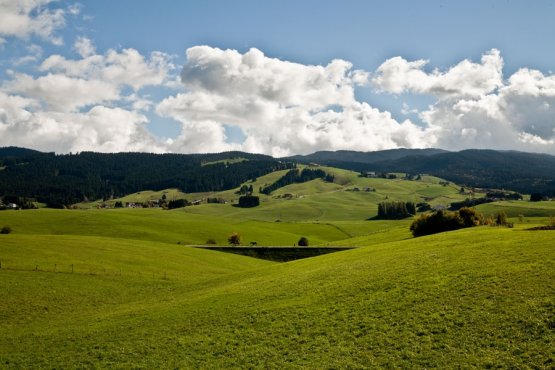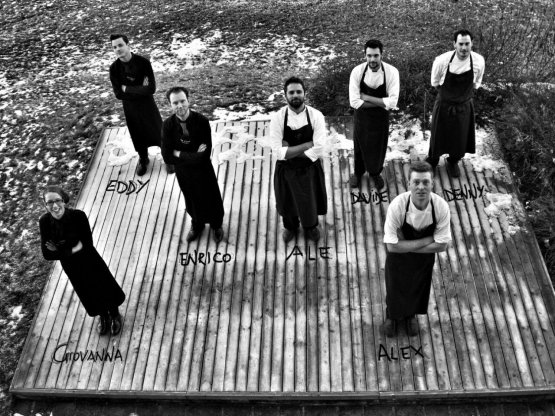Gabriel García Márquez once wrote that «happiness is not about being on top of a mountain, but about looking around and seeing the road taken to get there». I believe there couldn’t be better words to describe what I’ve experienced in the past few years; that is to say since February 2008 when I returned “Home” from Florence, even though this had in fact never been my home.
Truth is, I was captured by these places, these mountains. A slow and constant kidnap; made of whispers, hints, wind blows, strong lashes of colours and flavours. Asiago is sweet, harmonious and magnificent, but it has lived through lots of suffering and death. The first world war, between 1915 and 1918, changed it profoundly, in its looks and in its heart, and has scattered in its fields the cold and powerless limbs of over 60,000 people, many of whom were little more than kids. Today few people speak about this, but it is the places themselves that remind us of this, giving us an unnatural sense of calm and respect when we walk down some paths or through some woods.
A respect I believe it is right to bring to this land that honours me through its supplies. I’m referring to lichens, musk, roots, leaves, gems, cones, earth resins, pollen, dew. Unusual ingredients, flavours that are mostly unknown to many, unfortunately to locals too; but which are the foundations of the historic memory of this territory.

The Cimbri were the first people to live here. They came from Scandinavia and for years these elements were the foundations for cooking and medicine. Both a blessing and a curse. Unfortunately, however, war, erasing everything, and modern times, often evening out values, have taken away all those secrets and memories. Should I ever succeed, I hope to rediscover those customs and bring them to life, once again. Honouring their essence, giving them a new appearance and a new identity, whether with traditional or innovative techniques.
These are the ingredients of a cuisine that should be defined as a “survival” one, rather than poor. Boiling wood to give flavour to water and thus creating a soup; powdering lichens so as to make flour when there are no cereals. This was everyday life, in truth. And then there were all the big occasions, such as transhumance, when people would eat tripe, or Christmas, when they would eat something from Venice, with whom Asiago had strict commercial contracts. This, however, was a luxury people could afford once a year, when lucky. Everyday life was much different.

Alessandro Dal Degan in a photo with his team at restaurant La Tana
It is at hard times that the best ideas come, it is in poverty that values become higher, and people enjoy every single moment the most. It is however essential to “feel” the earth, to live it. This, in fact, is not a problem, quite the contrary; losing oneself among the scents, the sounds and the marvels of nature’s architecture in this land gives a beyond-words feeling, of peace and wellbeing, of hope and good spirit. You only need to give this the right value.
In my research, I found this quote from our ancestors: «earth shapes your destiny; it lives in you just like you live in it; be brave and follow it». It is from this that I want to start my story.
See also
Milone, an unusual mountain man by
Christian Milone